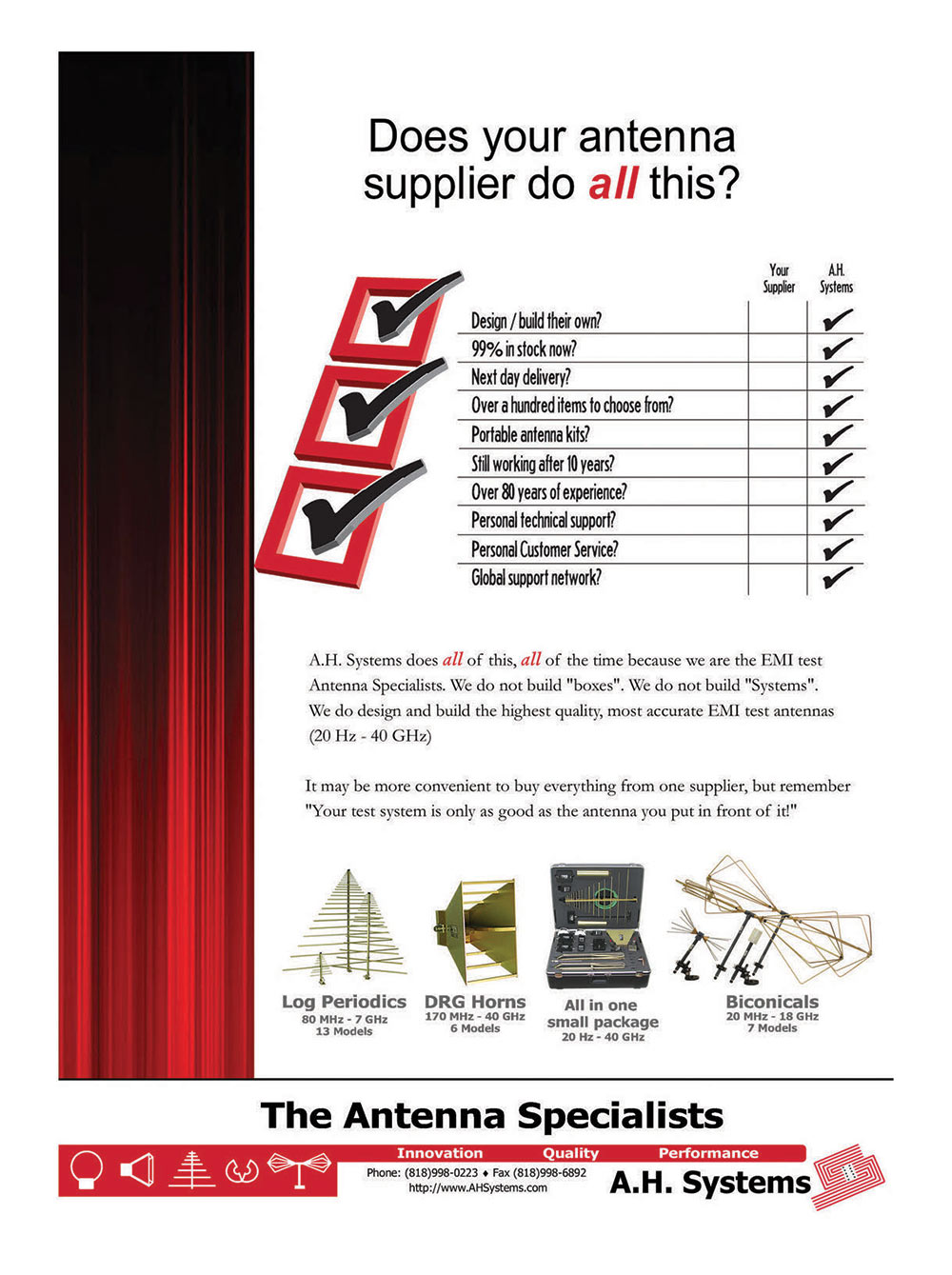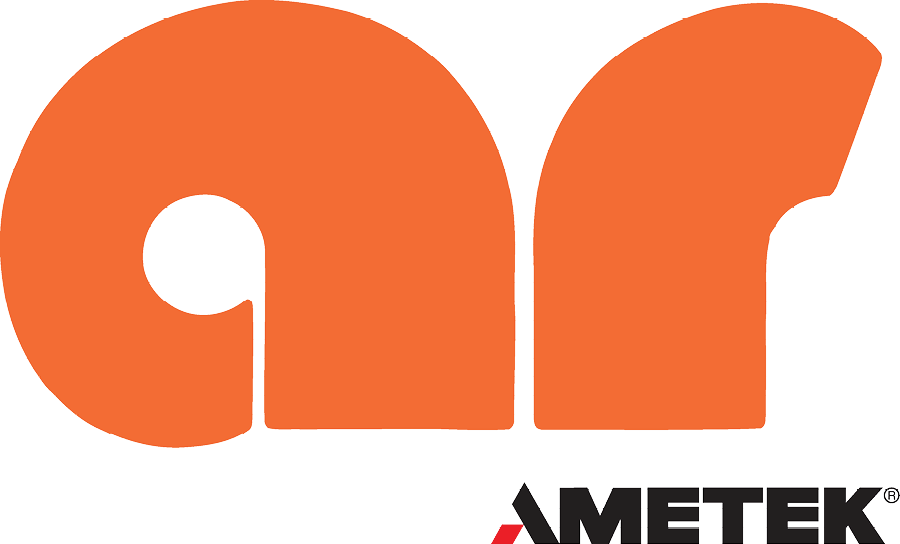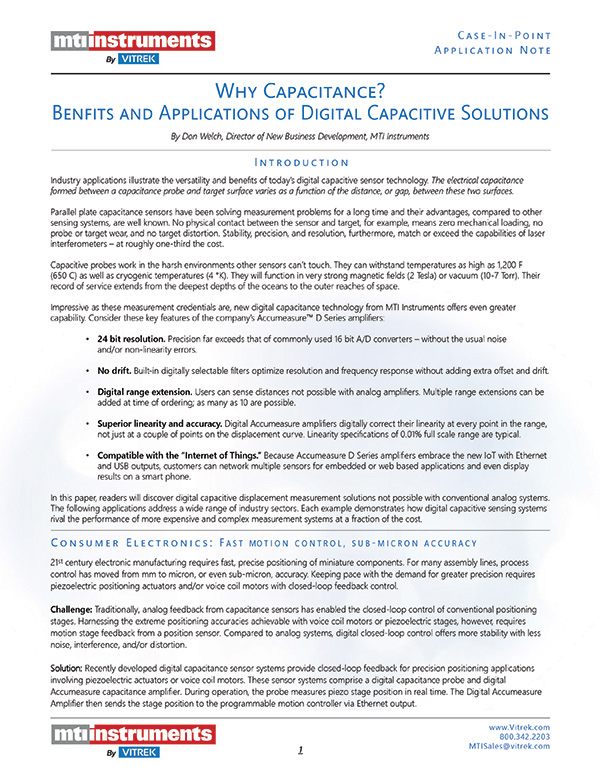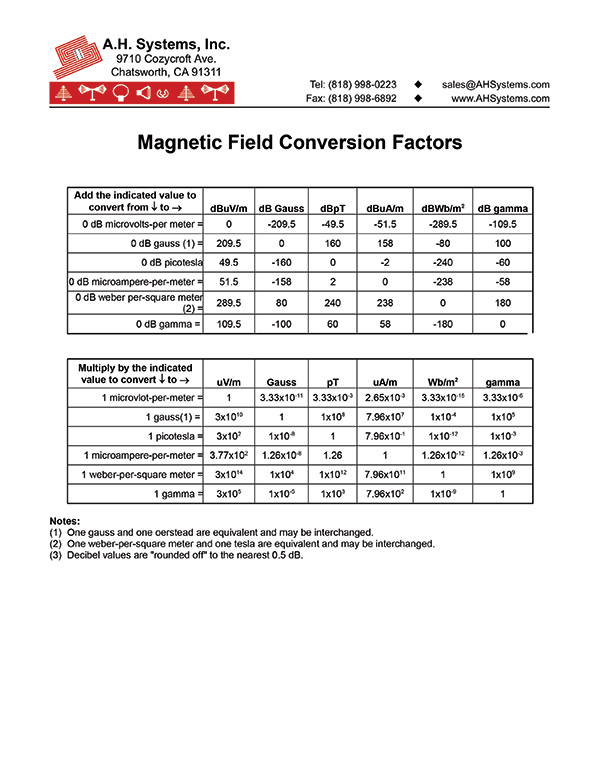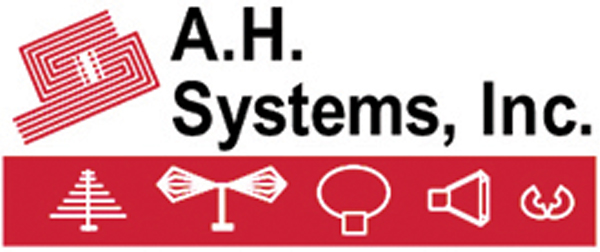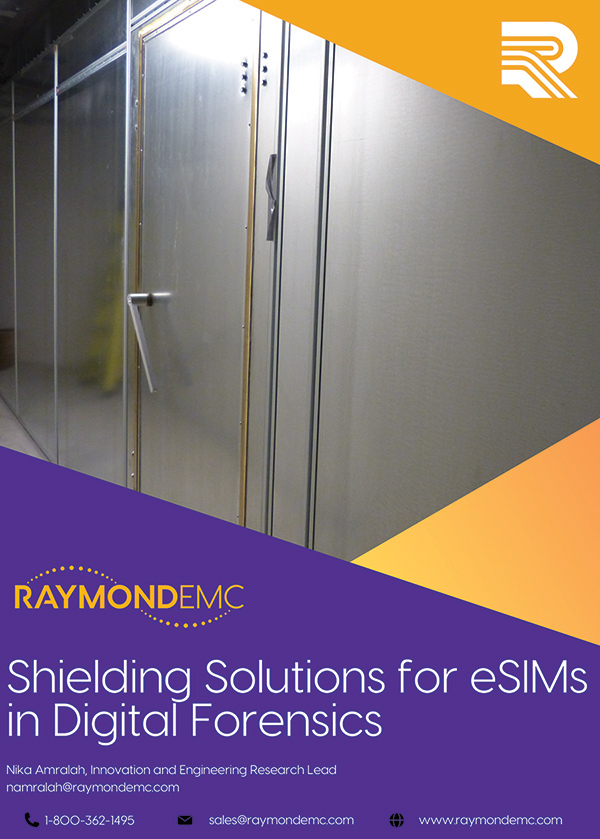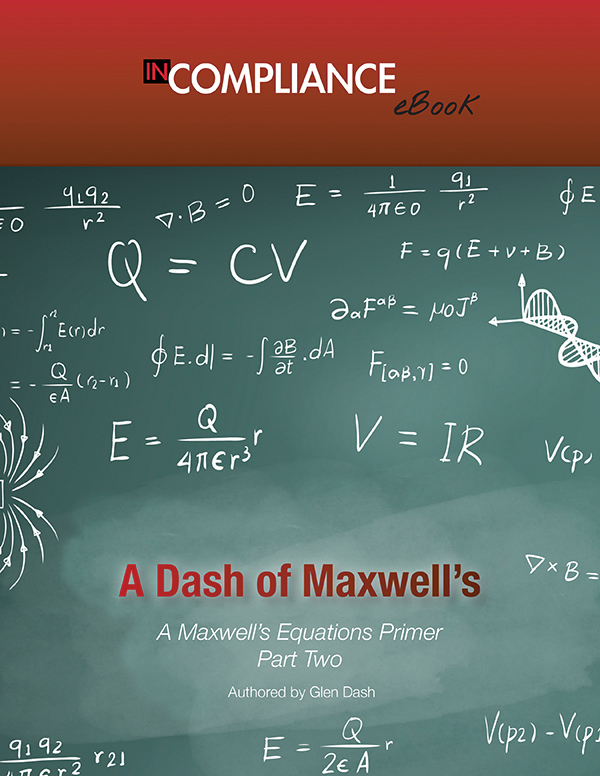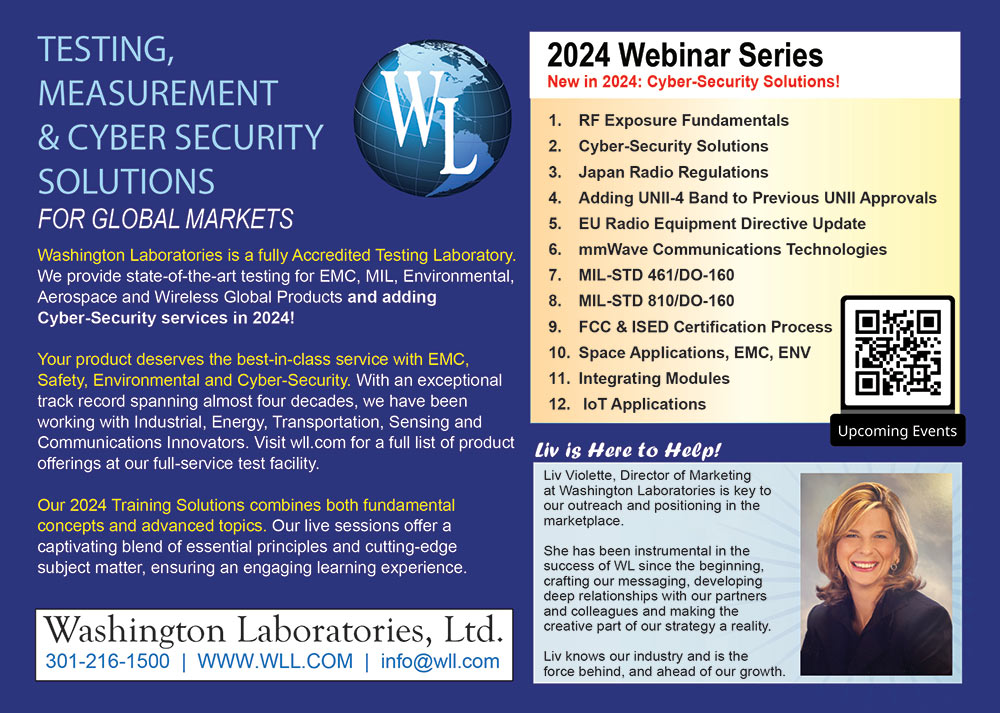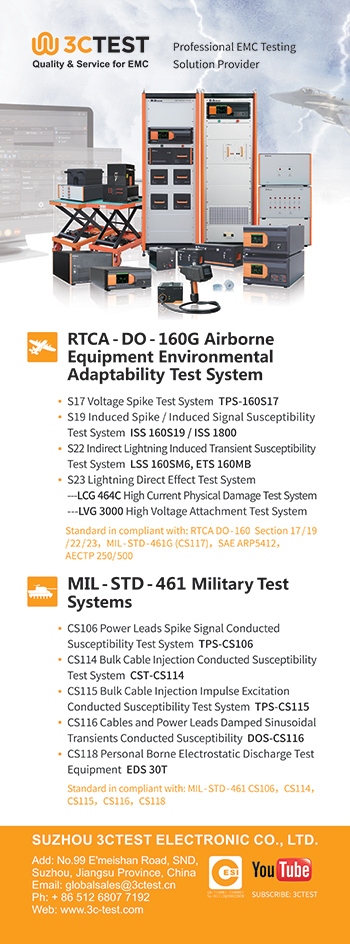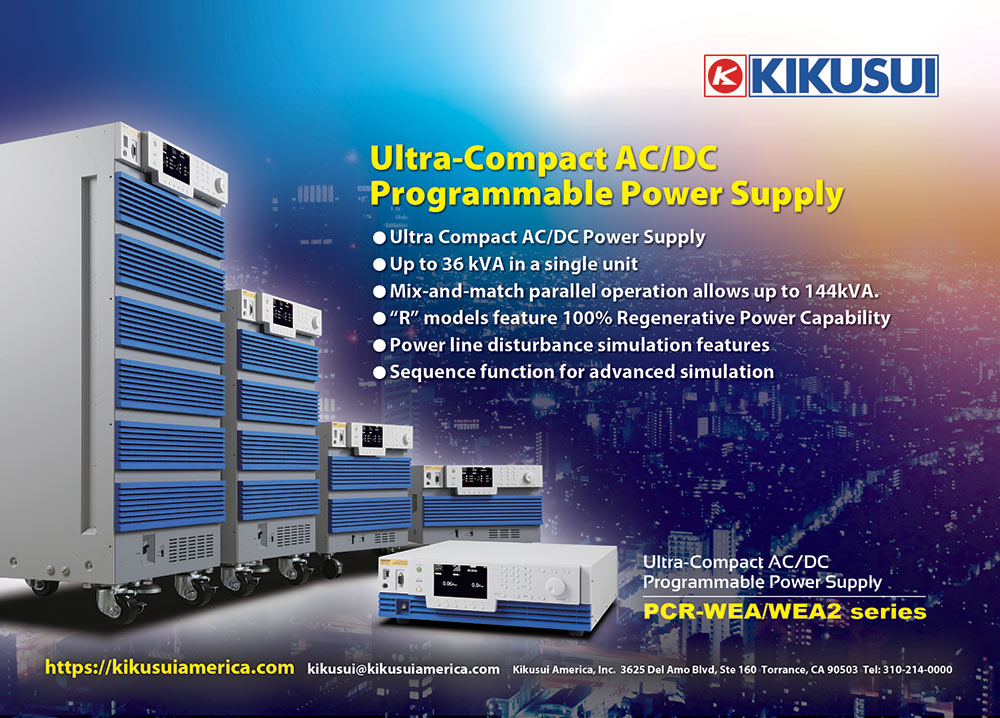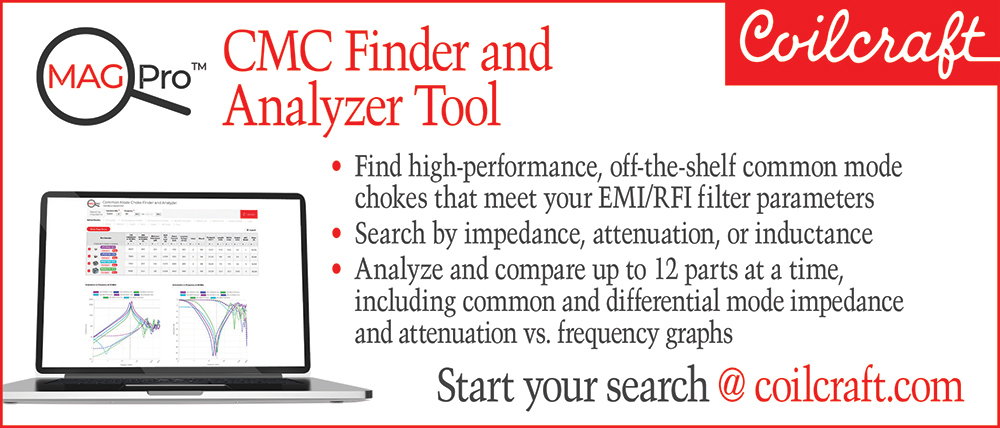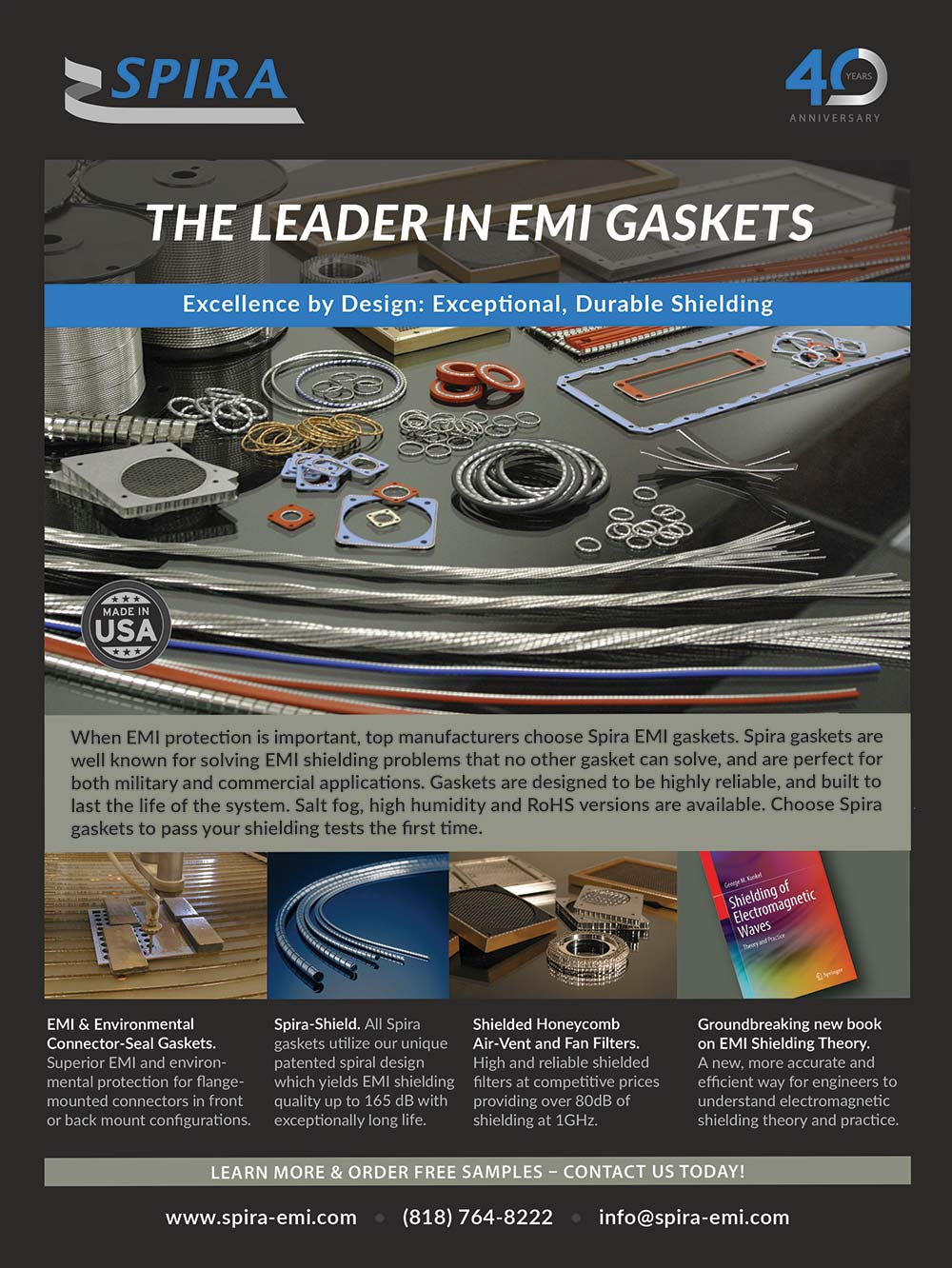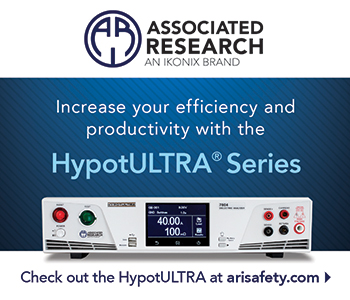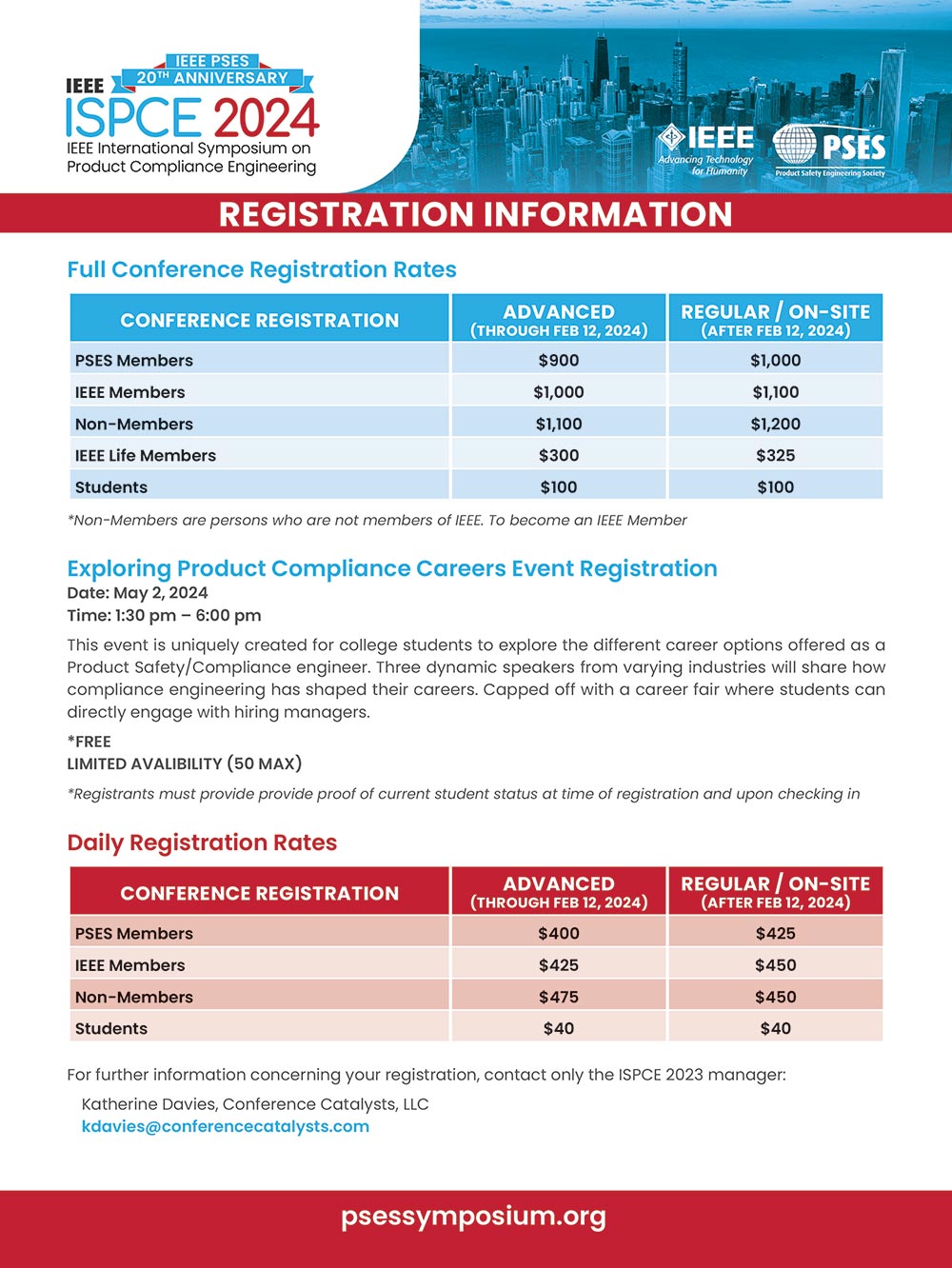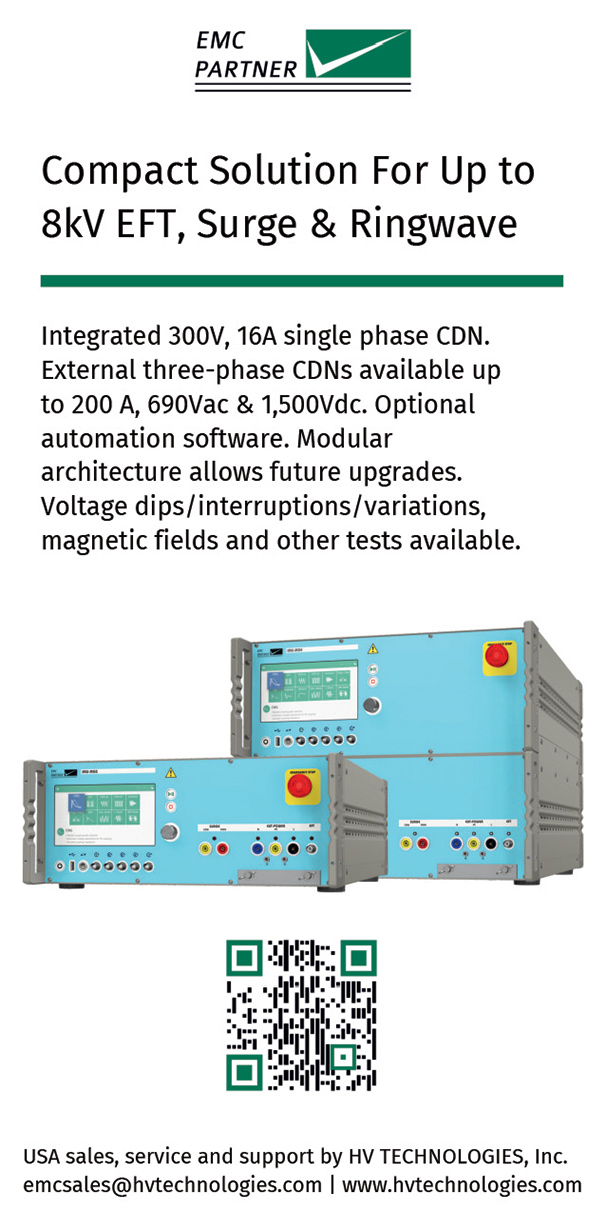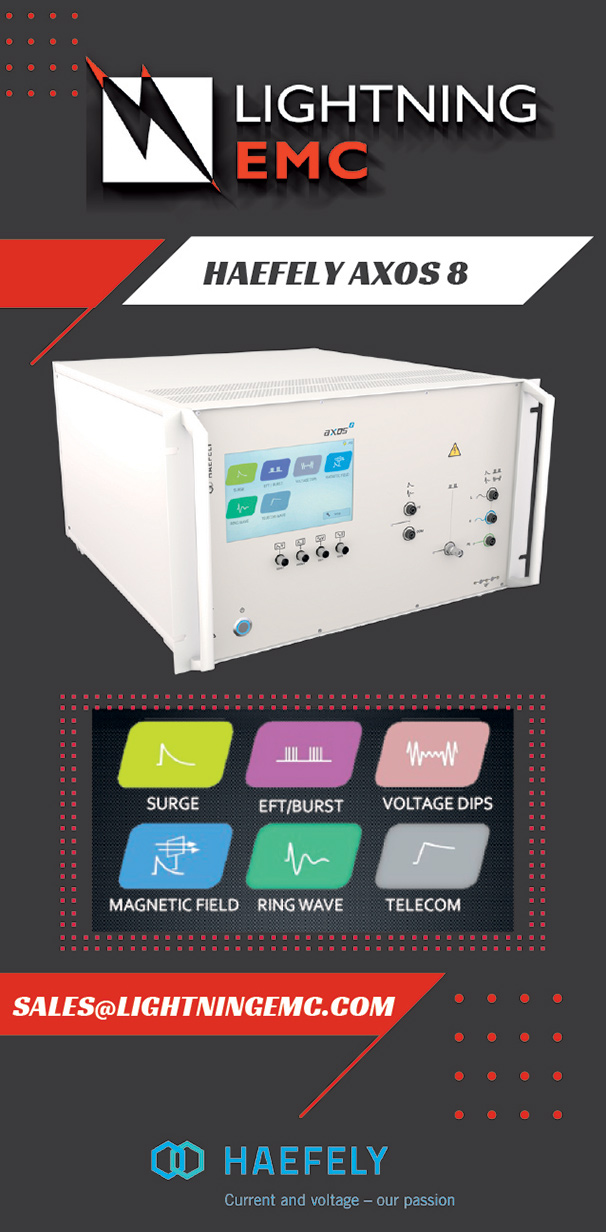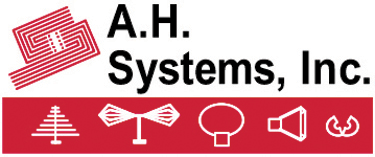
Compliance
Continuing Your Professional Education in 2024
EMC Concepts Explained
Hot Topics in ESD
On Your Mark

Continuing Your Professional Education in 2024
EMC Concepts Explained
Hot Topics in ESD
On Your Mark
For more information on AR Amplifiers, visit www.arworld.us
Or contact us at info@arworld.us & 215.723.8181
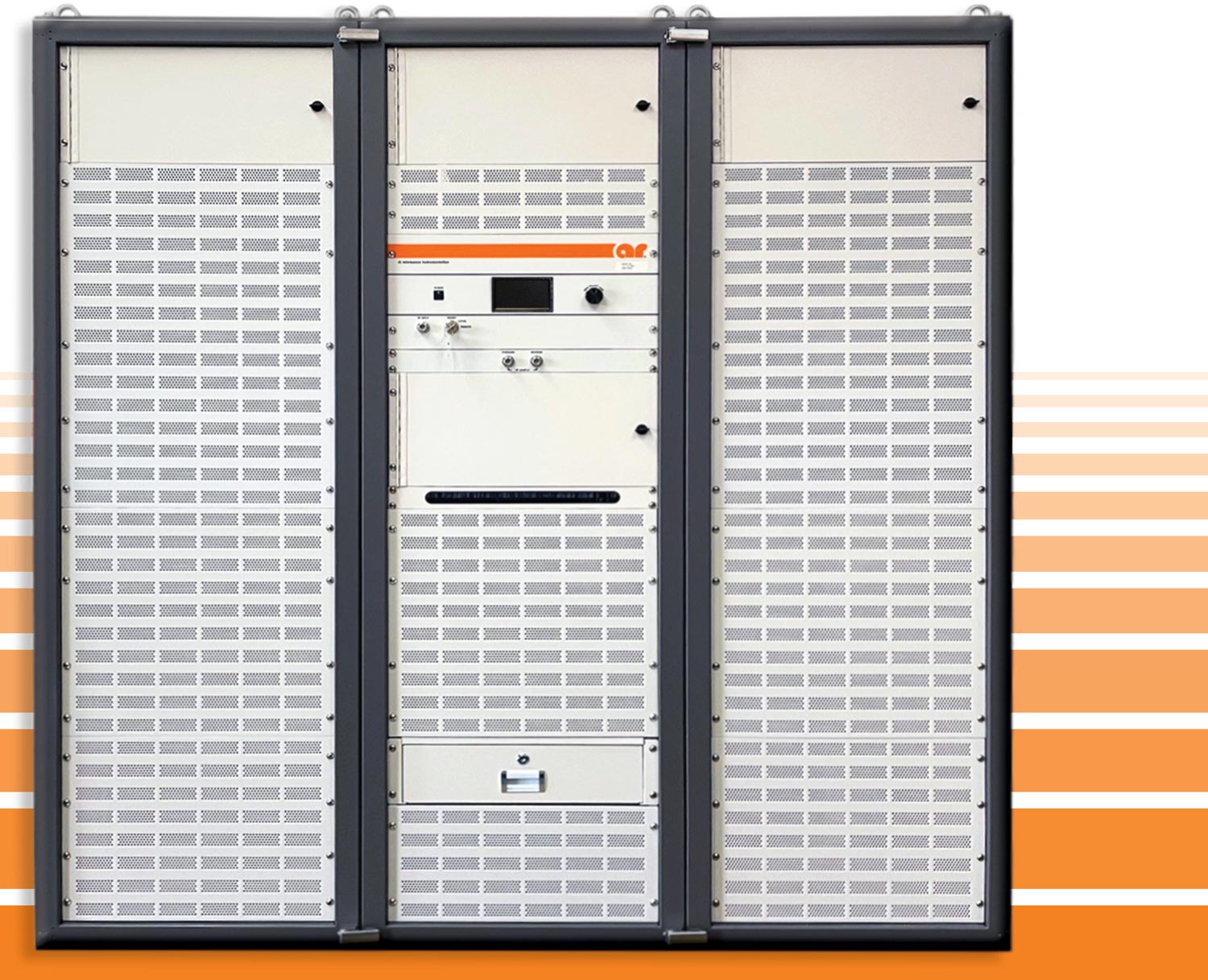
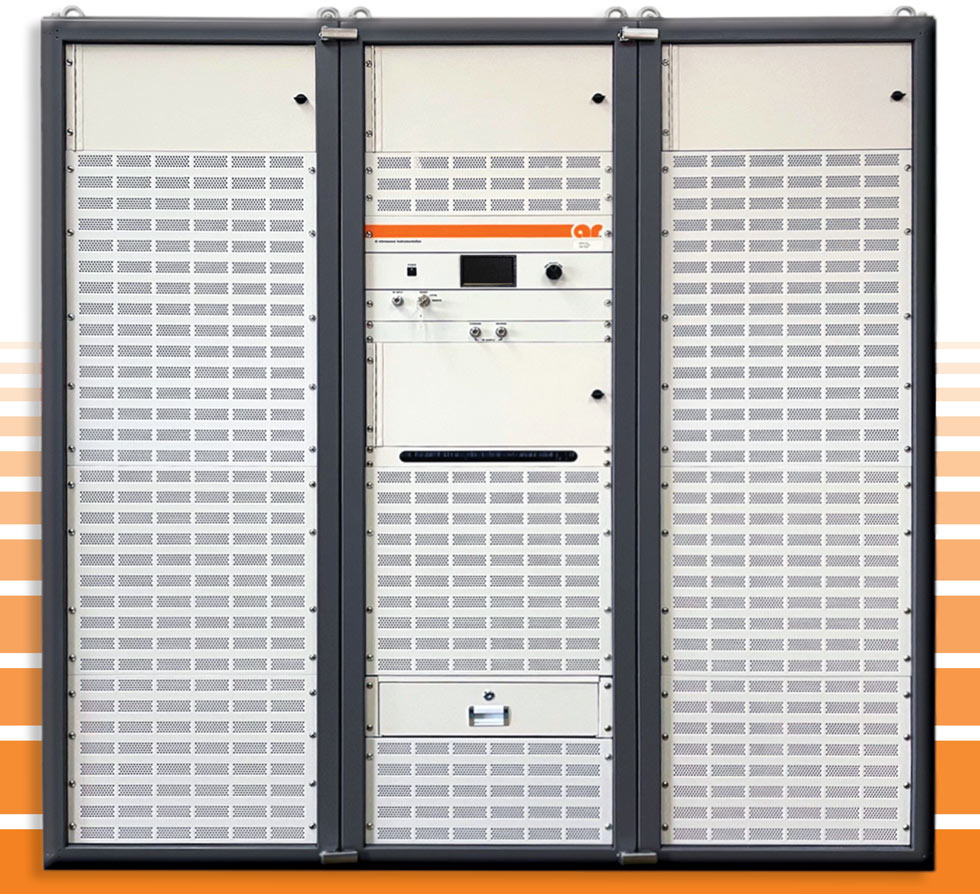

ISSN 1948-8254 (print)
ISSN 1948-8262 (online)
is published by
Same Page Publishing Inc.
451 King Street, #458
Littleton, MA 01460
tel: (978) 486-4684
fax: (978) 486-4691
©Copyright 2024 Same Page Publishing, Inc. all rights reserved
Contents may not be reproduced in any form without the prior consent of the publisher.
While every attempt is made to provide accurate information, neither the publisher nor the authors accept any liability for errors or omissions.
editor-in-chief
bruce@brucearch.com
keith.armstrong@
cherryclough.com
Leo@EisnerSafety.com
dgerke@emiguru.com
ken.javor@emcompliance.com
kenrossesq@gmail.com
wernerschaefer@comcast.net
Subscriptions outside North America are $129 for 12 issues. The digital edition is free.
Please contact our circulation department at circulation@incompliancemag.com
FCC Launches Inquiry Into AI‑Based Robocalls/Texts
The FCC’s Notice of Inquiry is an effort on the part of the Commission to gather information about how AI and AI-influenced technology will impact calling and texting processes and the extent to which such impacts may or may not compromise consumer privacy rights under the Telephone Consumer Protection Act (TCPA)…
FCC “Modernizes” Amateur Radio Service Rules
According to a Report and Order issued by the Commission, the new rules replace limitations on the so‑called baud rate applicable to data emissions in specific bands, establishing instead a 2.8 kHz bandwidth limitation. The Commission says that the changes are consistent with its treatment of other wireless radio services and will facilitate more efficient operations of amateur radio transmissions…
Don’t miss an issue! Renew today.
Get your own free subscription!

veryone enjoys the advantages of electronic devices and gadgets becoming smaller, lighter, and faster while providing longer battery life and ever-improving processing ability. Smaller devices require smaller electronic components — an advantage in reducing electromagnetic interference (EMI). However, a compact design also means smaller spacing between components, circuit traces, and enclosures, which can lead to increased field interactions, current loops, ground loops, crosstalk, and other potential sources of EMI.
We benefit from the convenience of televisions, cell phones, digital tablets, notebook computers, and IoT devices, all operating at the same time while appliance motors, lights, fans, and HVAC units are operating in the background to keep us comfortable. With multiple electrical and wireless electronic devices operating at the same time, signals must remain reliable in electromagnetically noisy environments.

his two-part series of articles focuses on hardware compliance aspects of specific information technology electronics equipment, which includes mainframes, server computers, and subcomponents. The goal of this series is to provide our readers with a better understanding of the requirements for executing hardware compliance testing and certification, as well as the technical details of every compliance discipline.
In Part 1 of this series (see In Compliance Magazine, December 2023), we provided a technical overview of server components and subcomponents and discussed specifics regarding product safety regulations and testing. Part 2 of this series will address additional areas of regulatory compliance, including electromagnetic compatibility and environmental concerns. We’ll also discuss how IT equipment is tested and certified to compliance standards for worldwide shipments.

elcome to 2024! Regardless of where you are in your career, your ongoing efforts to refresh or expand your technical knowledge and skills are essential to your continued professional and personal growth and success. So, as the new year begins, we’ve once again queried training resources throughout our industry to provide you with an overview of free or affordable solutions to meet your training goals and to help you on your journey to becoming your best self in the new year.
In this article, you’ll find sources of compliance-related seminars, workshops, and other types of training, offered live, including both virtual and in-person options, as well as pre-recorded webinars and on-demand training offerings. We’ve also included a list of industry symposia, conferences, and exhibitions to be held in both the U.S. and around the world.
The information that follows is current as we go to press (early December 2023). But please note that dates for live in-person seminars, workshops, and symposia provided here are subject to change. So check the listed websites for the most up-to-date information on scheduling. Finally, we invite you to submit updates and corrections as well as suggestions for additional listings for our Events section. Please send your comments to us at editor@incompliancemag.com.
his article describes a laboratory experiment that shows the impact of the decoupling capacitors and a PCB trace length on the signal integrity in a CMOS inverter circuit.
A detailed schematic of the circuit is shown in Figure 2.
The PCB used in this experiment is shown in Figure 3.
The PCB used in this experiment is a newer version of the board used previously and described in [1]. This new PCB (designed by Mathew Yerian-French) contains several switches allowing the user to change the oscillator frequency, the length of power, and ground traces and choose whether to use the decoupling capacitors.
n Parts 1 and 2 of this series, we explored the opportunities for embedded on-chip and system-level ESD detection solutions. We introduced embedded detection technology and considerations for balancing ESD detection solutions with ESD protection requirements.
In Part 3, we will outline the steps to consider when embedding ESD detection capabilities into your system and overall design flow.
- ESD Event Types: Evaluate the types of ESD events your device will most likely encounter and what levels should be detected. Ensure that the chosen technology can detect and record or respond to these events effectively.
- ESD Failure Criteria: Map out the expected ESD event failure mechanisms and recovery modes. Separate hard failures and soft upsets and how the device should respond to them, even if they are outside of the robustness limits for the product. For example, if your device’s intended robustness level is exceeded and this is detected, should it do a recalibration or self-test, or should it “brick” itself and report potential malfunction? A medical or aerospace device may have a different “warranty” behavior than a low-cost consumer product.
n our latest “On Your Mark” columns, we’ve been putting a spotlight on the American National Standards Institute (ANSI) Z535 standards. This family of six U.S. standards was created to enhance safety communication and promote consistent hazard recognition and understanding – making it important for manufacturers and workplaces across the country. These standards create a guide for the design, application, and use of signs, colors, and symbols intended to identify and warn against hazards and for other accident prevention purposes. Our theme of exploring each of these standards individually continues, this month focusing on ANSI Z535.4 – Product Safety Signs and Labels.
ANSI Z535.4 is a standard developed by ANSI that relates specifically to product safety signs and labels. This standard – ANSI Z535.4 Product Safety Signs and Labels – provides guidelines and specifications for the design, use, and placement of safety signs and labels that are applied to products with the intention of conveying information about associated hazards.
It defines a “product safety sign or label” as a sign, label, cord tag, or decal affixed to a product that provides safety information about that product.
View Index


